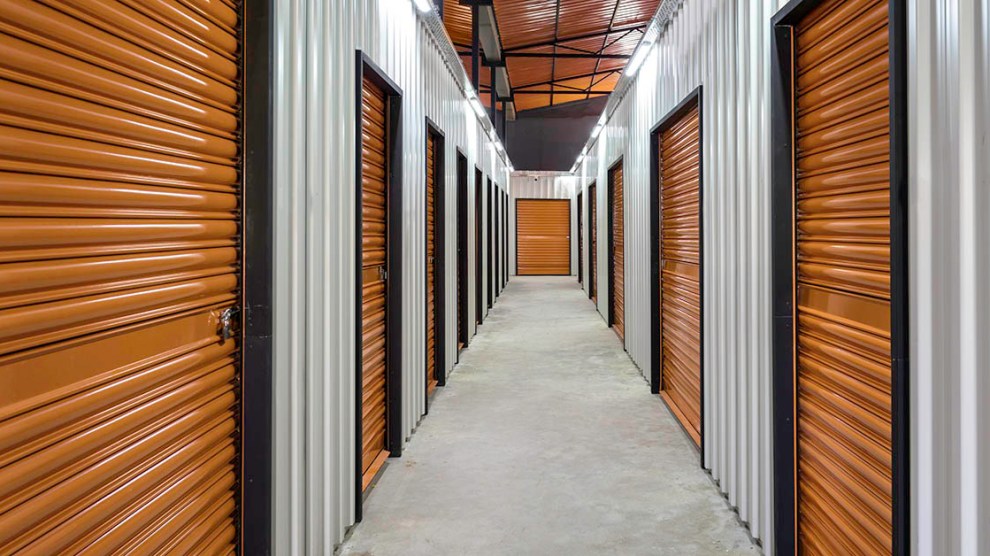Read the latest Yardi Matrix Self Storage Market Outlook.
On a monthly basis, more than half of the 31 top metros either had a positive rent growth or remained flat.
Key Takeaways
- As of February, the annual street rate continued to be negative, with the average annualized same-store asking rent per square foot down 3.6 percent for the combined mix of unit sizes and types.
- Annually, the same-store asking rates for the combined non-climate-controlled units were down 3.3 percent, while the same-store asking rates for climate-controlled units fell 4.1 percent.
- On a monthly basis, more than half of the top 31 metros tracked by Yardi Matrix either remained flat or showed positive growth, as the street rates per square foot remained mostly unchanged as of February, increasing by 1 cent to $16.37.
- The national under-construction pipeline equaled 3.7 percent of existing inventory, a 10-basis drop from the previous month.
Small changes in street rate growth
In February, the national average annualized same-store asking rent per square foot was $16.37 for the combined mix of unit types and sizes. This figure marked a 3.6 percent decrease compared to the $17.16 average of February 2023. Same-store national street rates for combined non-climate-controlled units fell 3.3 percent on a yearly basis as of February, a small deceleration compared to its performance in January, which fell by 3.2 percent and was down 2.8 percent in December. Same store asking rates for climate-controlled units decreased 4.1 percent on an annual basis, contracting faster, as the rates were down 3.8 percent in January and 3.3 percent in December.
In February, most of the top metro areas had negative street rate growth year-over-year. The exceptions were Denver, as the combined same-store rates for non-climate-controlled units increased by 0.2 percent, while in Sacramento, the street rates for the same-store climate-controlled units across the metro registered an uptick of 0.5 percent annually.
The average national combined street rates per square foot increased by 1 cent, to $16.37, as this small improvement is a sign that street rates are bottoming. On a monthly basis, more than half of the 31 top markets either remained flat or recorded a positive rent growth. Columbus is leading in terms of affordability, as the February average combined street rates per square foot were down 0.2 percent to $12.26.
Slowdown in new supply
On a national level, new supply in the last three years has accounted for 8.5 percent of the stock at the beginning of the period. Meanwhile, deliveries equaled 2.9 percent of that amount during the previous 12 months.
Las Vegas is leading the nation, as the metro had the largest amount of new supply delivered over the past three years, equal to 15.3 percent of starting stock and an inventory under construction registering at 4.0 percent of existing inventory.
Yardi Matrix keeps track of a total of 5,148 self storage properties in various stages of development across the U.S. The development pipeline includes 880 under construction, 2,031 planned, 592 prospective, 1,546 abandoned and 99 deferred projects. As of February, the under-construction portion of the pipeline accounted for 3.7 percent of stock, down 10 basis points from the previous month.
The self storage supply forecast shows a slowdown in deliveries in the years to come, resulting in a tepid growth over the long term.
Charleston registered the largest increase in construction activity in February, seeing a 70-basis point month-over-month gain, followed by San Francisco, Charlotte, and Inland Empire. The metro’s under construction pipeline is substantial, as its inventory under construction accounted for 4.5 percent of existing net rentable square feet.
Read the full Matrix Self Storage National Report-March 2024











Add Comment